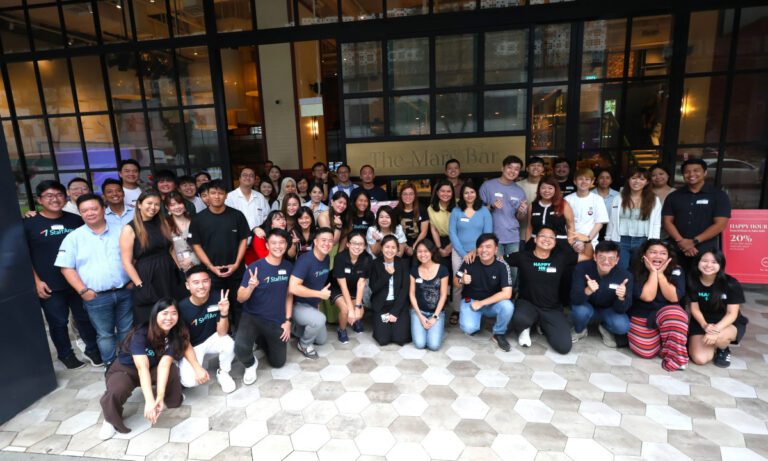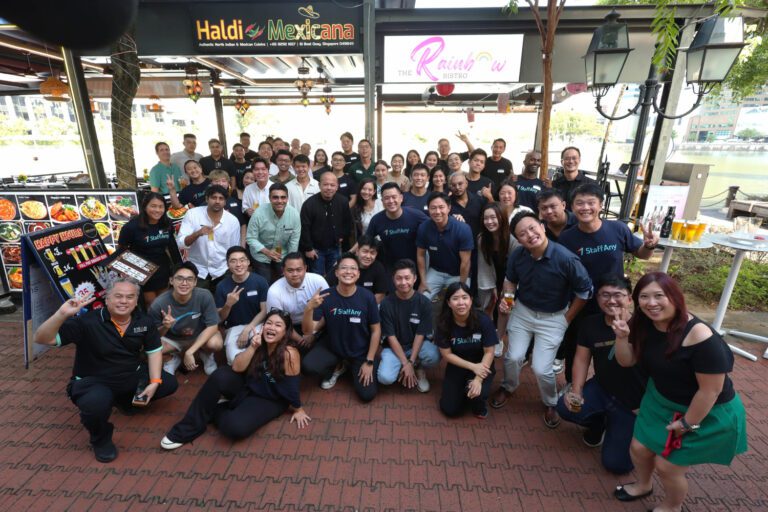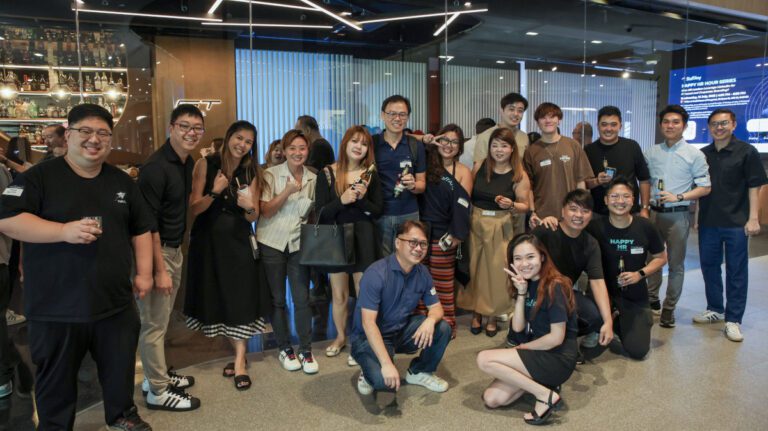On the 15th October 2025, the latest edition of StaffAny’s HR Happy Hour took place in Common Man Coffee Roasters on Alexandria Road for another evening of insights, community, and conversation.
This session’s topic was about compensation and benefits in Singapore’s food and beverage retail industry featuring insights from Lavinia Chen, the Head of HR at Tim Hortons Singapore. Moderated by StaffAny’s Janson Seah, he and Lavinia delved into the insights she learned from her 15+ year journey across public and private sectors.
Beyond Base Pay: What Compensation & Benefits Really Means
Lavinia kicked off the session by defining compensation and benefits as more than just take-home pay. Today’s employees look for a well-rounded package that includes insurance, wellness support, and work-life balance.
She noted that the Progressive Wage Model (PWM) offers a foundational baseline in Singapore, particularly for frontline staff. But true value is uncovered through annual feedback loops and employee experience surveys that cover salary satisfaction and workplace wellbeing.
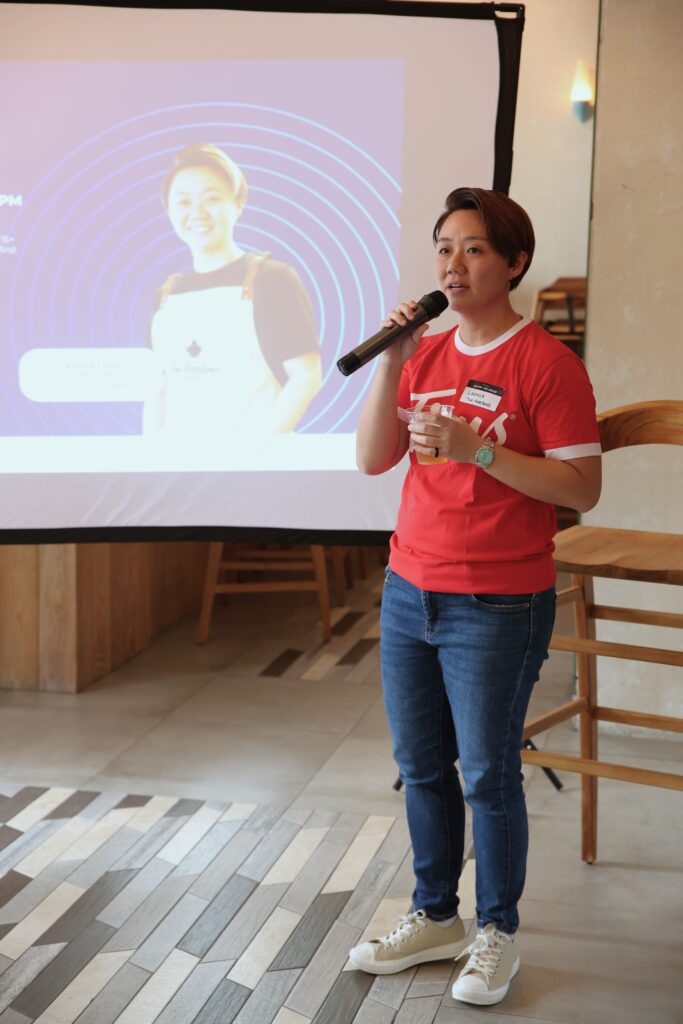
Building Your Benchmarking Workflow
When asked about her team’s process about benchmarking compensation and benefits, Lavinia outlined a pragmatic approach:
- Start with employee feedback to understand perceived gaps
- Tap into external sources like government surveys and job portals
- Engage peers for real-world benchmarking data
- Use internal comparisons to ensure fairness between roles
Once-a-year benchmarking, she noted, is sufficient for single-brand operations like Tim Hortons. Multibrand companies may need to do it more frequently.
Community-Led Benchmarking Makes an Impact
Lavinia emphasized the value of HR benchmarking studies like StaffAny’s 2025 study, which featured 26 participating companies and over 10,000 employee datapoints. She found value in comparing salary ranges and seeing how Tim Hortons compares with competitors in terms of structuring allowances and incentives.
One data point she brought up was allowances for airport shifts and midnight coverage, which she is using to plan for Tim Horton’s own expansion plans into these areas.
Janson and StaffAny team also shared this data point from the survey:
When it comes to the pay range for foreign managers, the pay range seems to match those from Singapore’s PWM when outliers like managers for Michelin-star restaurants are excluded. This range is between SGD3,800 and SGD4,000. For quick-service-restaurant style concepts, their pay ranges between SGD3,500 and SGD 4,500 with the pay range rising to over SGD 5,000 for larger restaurant concepts that serve 100 seats or more. All these can be found in StaffAny’s 2025 HR Benchmark Study.
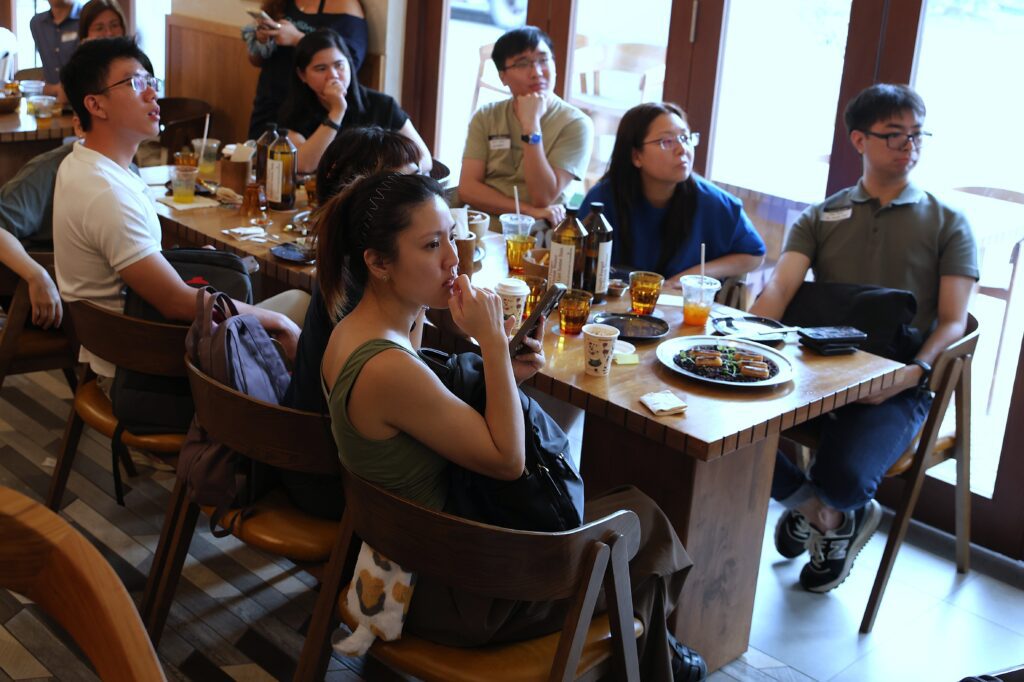
Allowances, Incentives, and Creative Compensation
The discussion covered a wide range of benefit types, from non-air-conditioned stall allowances to referral bonuses and sign-on incentives. Lavinia shared that her team prefers investing in internal referral schemes over external recruiters, finding that internal hires are both cost-effective and higher quality.
Flexible benefits also came up as an emerging trend. While still uncommon in frontline-heavy sectors, some brands offer flexi-dollars that can be spent on meals, learning, or wellness activities as shown below.
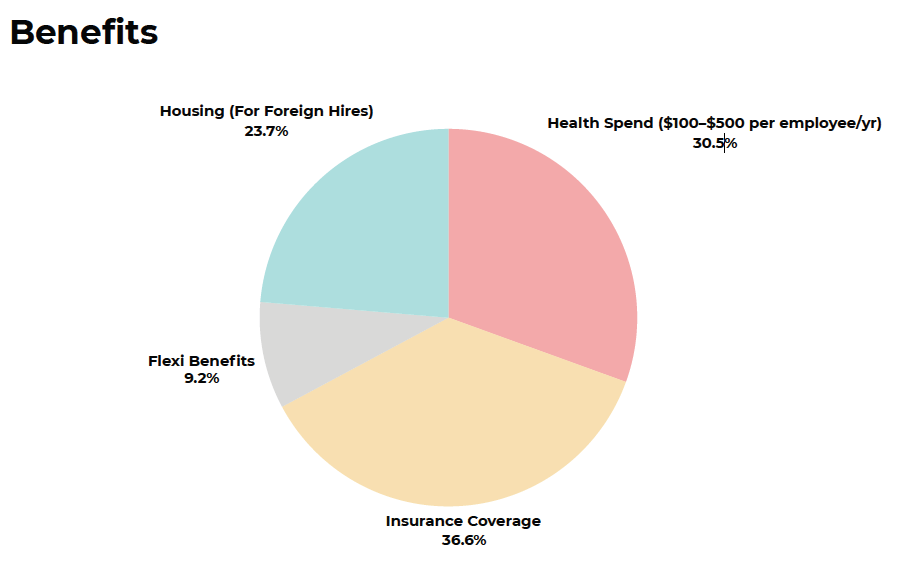
Only 40% of Respondents Have Different Weekday vs Weekend Wage Rates
Sam also provided a lot of great insights, such as:
- Authenticity requires alignment – While some vulnerability is good to keep your posts human, true authenticity requires alignment. That means being the same person online and offline.
- Consistent quality over quantity – Focus on posting consistently with quality rather than trying to post too often.
- For brand advocacy, develop guiderails – Build brand advocacy by making your team feel safe and supported when they share. This can require stakeholder engagement and training.
Mind the Gap for Part-Timers
One of the more pressing insights was the undercompensation of part-time workers relative to PWM benchmarks. Without the additional allowances typically offered to full-timers, part-timers are at risk of falling below recommended pay levels.
To address this, Lavinia’s team has experimented with chief part-timer incentives. This refers to higher hourly pay for staff who consistently hit a certain number of hours. This encourages scheduling stability and helps meet Local Qualifying Salary targets.
AWS and Bonuses: Still a Mixed Bag
According to StaffAny’s study, 75% of employers do not offer annual wage supplements, and most bonuses are conditional on company performance. Shorter-term sign-on incentives and referral schemes are gaining traction, often tied to milestone completions like passing probation.
Lavinia echoed that, for newer teams like hers, it’s crucial to keep rewards timely and aligned with internal culture. Janson also shared that in StaffAny’s report, the main step-up for salaries is through promotions and not annual increment cycles.
What’s Next: Management Tracks and Promotion Timelines
Promotion cycles can be short, depending on your food and beverage company’s growth stage. Lavinia noted that due to Tim Hortons’ growth phase, internal promotions can happen as early as one year after probation. Some staff have progressed from crew to manager in under two years, supported by structured pathways.
Future HR Happy Hours may explore this in more depth, with discussions on management associate programs, accelerated promotion paths, and performance-based ownership models.
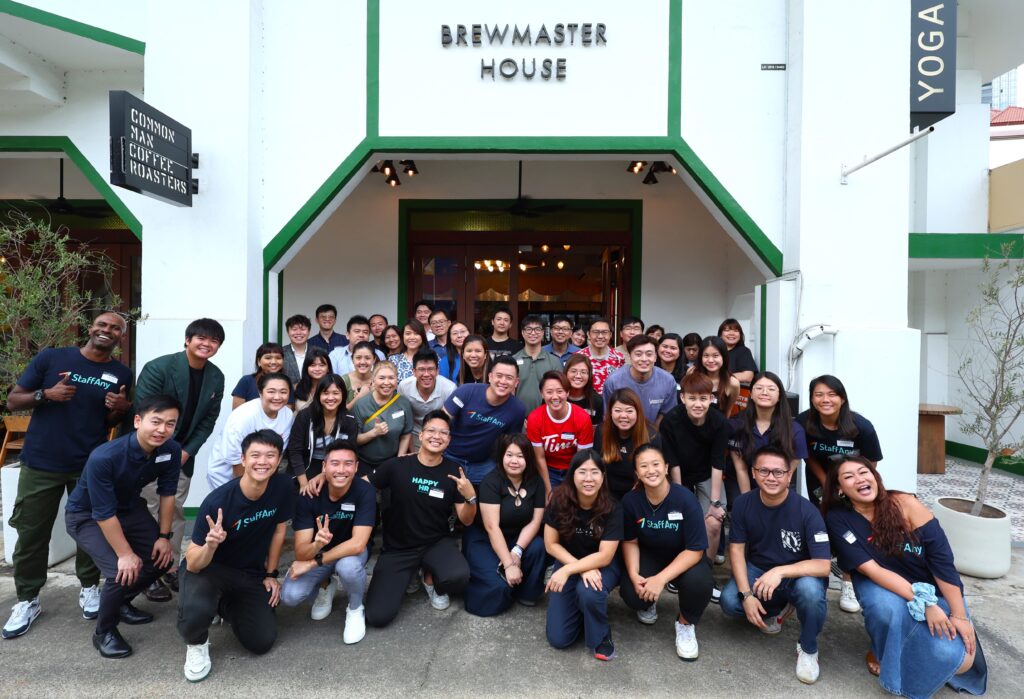
A Community That Shares, Learns, and Builds Together
The fireside chat ended with a reminder that planning employee compensation and benefits is just as much about budgeting as it is about listening, learning, and shaping strategy with your employees as well as your community.
After that, everyone gathered for a HHH tradition: taking a group photo before adjourning for networking over great food and drinks provided by Common Man Coffee roasters. Participants also left with access to StaffAny’s full benchmarking report and the chance to connect with peers facing the same challenges.
The benchmark report contains insights gathered from 26 participants while containing data on pay ranges, leave policies, overtime practices and more. If you’d like access to the report, do join us in the next HR Happy Hour or contact us here!

